We strive to maintain the highest quality standards and meet the needs of our customers. GENERAL SEALTECH LIMITED’s main business focuses on the design, development, manufacturing, and related mold development of diaphragms.
We mainly produce Teflon / PTFE Diaphragm,LPG CNG Diaphragm,Rolling diaphragm,Rubber diaphragms,Diaphragm Valve pump Diaphragms,Solenoid Pulse Valve Diaphragms, etc. They are used to seal valves for oil, air, and water or as absorbers. We also offer customized molded products that are produced based on customer samples.
| Product name | medela breast pump diaphragm |
| Place of Origin | Hangzhou,China |
| Brand Name | GENERAL SEALTECH |
| Colors | yellow,Recommended black |
| Type | Diaphragm |
| Advantage | high strength |
| Certification | PAHS,KTW,REACH,National Sanitary Certificate,EN681-1,etc |
| Export region | Europe,Africa,America… |
| Export country | USA,Japan,Italy,Australia,Latvia,Brazil,Guam…etc |
| Payment Term | T/T |
| Size | Customizable size |
| Product Material | HNBR,ACM,NR,FVMQ,etc |
| Surface | Smooth, glossy, textured, matte |
| Packaging Details | carton or according to requirements of the customers |
| After-sales Service | Online technical support |
| MOQ | 100 Pieces(negotiable) |
| Port | Shanghai |
| Application | Seal for Valve,Automotive…etc |
| Service | OEM/ODM/Private |
| Properties | Heat Resistance,Abrasion Resistance,Fire Resistance…etc |
| Supply Ability | 50000-200000 Piece/Pieces per Month |
| Lead time (days) | 7-15 (To be negotiated) |
Please note: This table is for reference only, please consult us for specific information.
The design principle of a medela breast pump diaphragm is to use the failure strength and failure mode of materials or structures to set personalized control strategies for a certain heat or mass transfer medium, or for the occurrence of certain flow or diffusion effects, in order to achieve specific functions or protocols.
If the medium used is corrosive, corrosion-resistant diaphragm materials should be selected;
Necessary protective measures should be taken to minimize damage to objects that come into contact with the already installed diaphragm.
All are made of materials that comply with national safety standards, ensuring the safe use of industrial diaphragms.
medela breast pump diaphragm—FAQs Guide
2.How does the thickness of a medela breast pump diaphragm affect its flexibility and pressure resistance?
3.Are there medela breast pump diaphragm designed for use in critical industries such as aerospace and healthcare, and what unique properties do they possess?
4.What are the considerations for choosing between elastomeric medela breast pump diaphragm and non-elastomeric medela breast pump diaphragm for specific applications?
5.Can medela breast pump diaphragm be used in air-operated or pneumatic systems, and how do they contribute to system functionality?
6.As a medela breast pump diaphragm manufacturer,what services can we provide?
7.Do medela breast pump diaphragm have electrical conductivity properties, and can they be used in applications requiring EMI/RFI shielding?
8.What is the role of medela breast pump diaphragm in controlling the flow of aggressive or corrosive chemicals in chemical processing applications?
9.What types of sealing mechanisms are commonly used with medela breast pump diaphragm, such as clamped, bolted, or adhesive seals?
10.Are there medela breast pump diaphragm designed for pulsation dampening or shock absorption in hydraulic systems?
1.As a medela breast pump diaphragm manufacturer,Can you make custom parts based on my sample?
Yes, you can send the sample to us by express and we will evaluate the sample, scan the features and draft 3D drawing for production.
2.How does the thickness of a medela breast pump diaphragm affect its flexibility and pressure resistance?
The thicker the diaphragm, the less flexible it will be and the more pressure it will be able to resist. This is because thicker diaphragms are more rigid and can withstand higher pressures without deforming. Thinner diaphragms are more flexible and can deform more easily under pressure, but they are also less resistant to pressure.
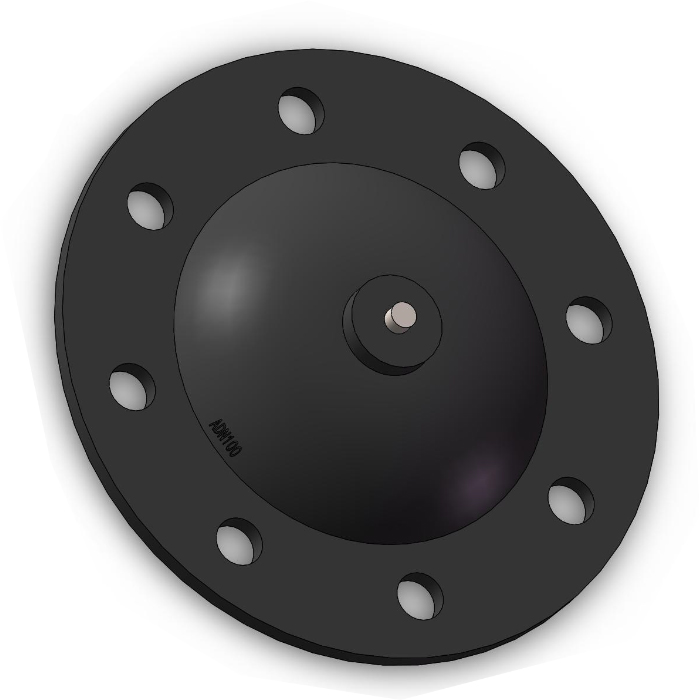
3.Are there medela breast pump diaphragm designed for use in critical industries such as aerospace and healthcare, and what unique properties do they possess?
Yes, there are diaphragms designed for use in critical industries such as aerospace and healthcare. These diaphragms are typically made from high-performance materials such as PTFE, FKM, and EPDM, which offer superior chemical and temperature resistance, as well as excellent durability and strength. Additionally, these diaphragms are designed to meet the stringent requirements of these industries, such as tight tolerances, high-pressure ratings, and low-leakage rates.
4.What are the considerations for choosing between elastomeric medela breast pump diaphragm and non-elastomeric medela breast pump diaphragm for specific applications?
We are a professional medela breast pump diaphragm manufacturer, and the factors we consider include:
1. Cost: Elastomeric diaphragms are typically more expensive than non-elastomeric diaphragms.
2. Durability: Elastomeric diaphragms are more durable and can withstand higher pressures and temperatures than non-elastomeric diaphragms.
3. Chemical Compatibility: Elastomeric diaphragms are more resistant to chemical attack than non-elastomeric diaphragms.
4. Flexibility: Elastomeric diaphragms are more flexible than non-elastomeric diaphragms, allowing them to be used in applications where a tight seal is required.
5. Performance: Elastomeric diaphragms are better at maintaining a seal over time than non-elastomeric diaphragms.
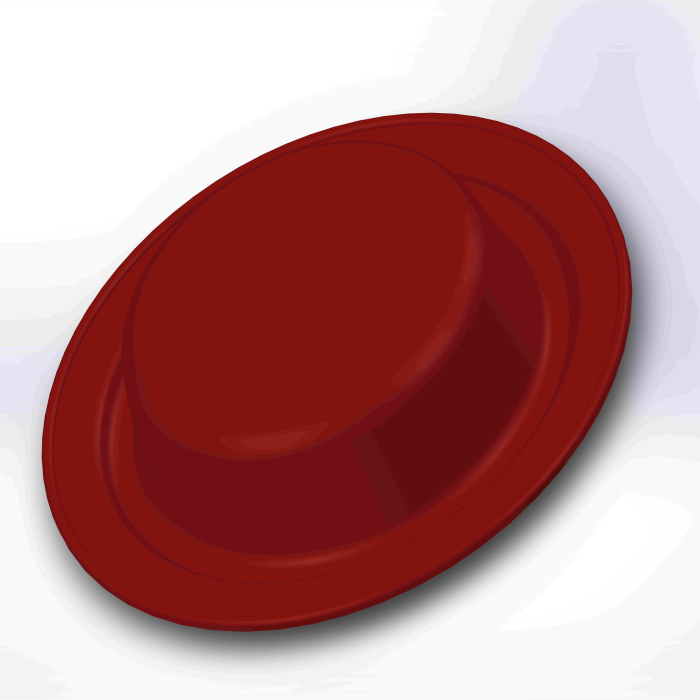
5.Can medela breast pump diaphragm be used in air-operated or pneumatic systems, and how do they contribute to system functionality?
Yes, diaphragms can be used in air-operated or pneumatic systems. Diaphragms are flexible membranes that are used to separate two different areas of a system. They are used to control the flow of air or other gases in a system. They can be used to regulate the pressure of the system, to control the flow of air, and to act as a check valve. Diaphragms can also be used to dampen vibrations and reduce noise.
6.As a medela breast pump diaphragm manufacturer,what services can we provide?
Free design and samples offered.Custom package and stickers.
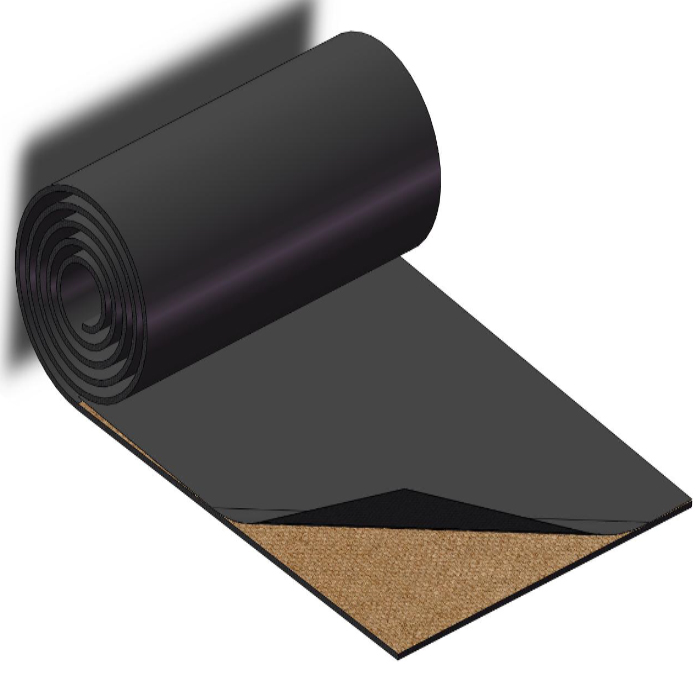
7.Do medela breast pump diaphragm have electrical conductivity properties, and can they be used in applications requiring EMI/RFI shielding?
No, diaphragms do not have electrical conductivity properties and cannot be used in applications requiring EMI/RFI shielding. Diaphragms are typically made of rubber or plastic and are used to control the flow of air or other gases.
8.What is the role of medela breast pump diaphragm in controlling the flow of aggressive or corrosive chemicals in chemical processing applications?
Diaphragms are used to control the flow of aggressive or corrosive chemicals in chemical processing applications. They act as a barrier between the chemical and the process equipment, preventing the chemical from coming into contact with the equipment and causing corrosion or other damage. Diaphragms are also used to regulate the flow of the chemical, allowing for precise control of the process.
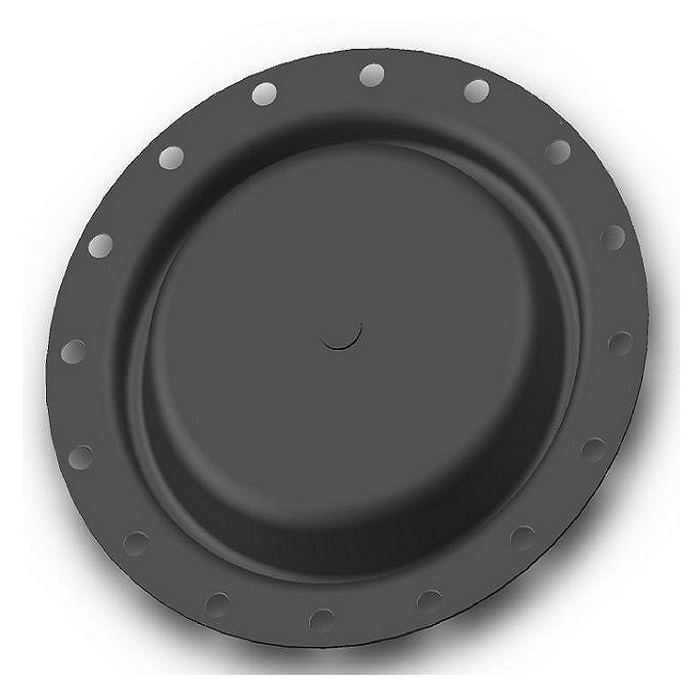
9.What types of sealing mechanisms are commonly used with medela breast pump diaphragm, such as clamped, bolted, or adhesive seals?
In general, medela breast pump diaphragm will use these sealing mechanisms:
1. Clamped Seals: Clamped seals are the most common type of diaphragm seal. They are typically used in applications where the pressure is relatively low and the temperature is not too extreme. Clamped seals are easy to install and provide a reliable seal.
2. Bolted Seals: Bolted seals are used in applications where the pressure is higher and the temperature is more extreme. They are more difficult to install than clamped seals, but provide a more reliable seal.
3. Adhesive Seals: Adhesive seals are used in applications where the pressure is low and the temperature is not too extreme. They are easy to install and provide a reliable seal. However, they are not as reliable as clamped or bolted seals.
10.Are there medela breast pump diaphragm designed for pulsation dampening or shock absorption in hydraulic systems?
Yes, there are diaphragms designed for pulsation dampening and shock absorption in hydraulic systems. These diaphragms are typically made of rubber or elastomeric materials and are designed to absorb the shock and vibration of the hydraulic system. They are often used in applications such as hydraulic cylinders, pumps, and valves.
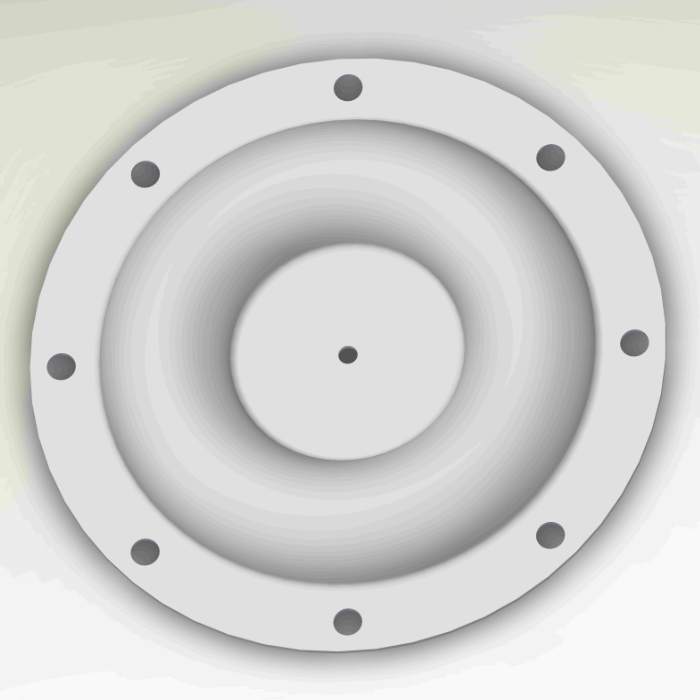
Tags: suzuki outboard fuel pump diaphragm,ptfe diaphragm pumps,air regulator diaphragm,whale gusher pump diaphragm,regulator diaphragm material,ro booster pump diaphragm

